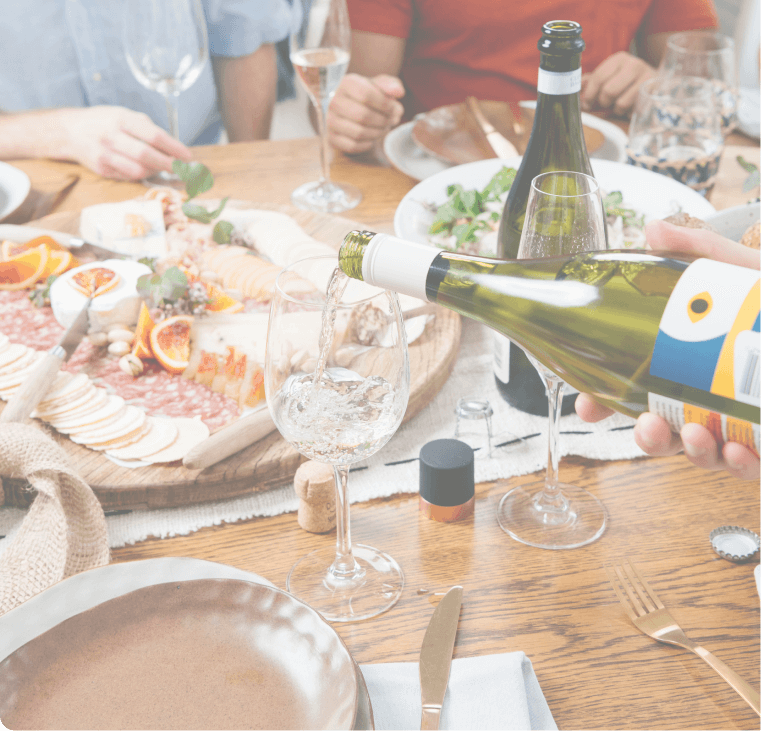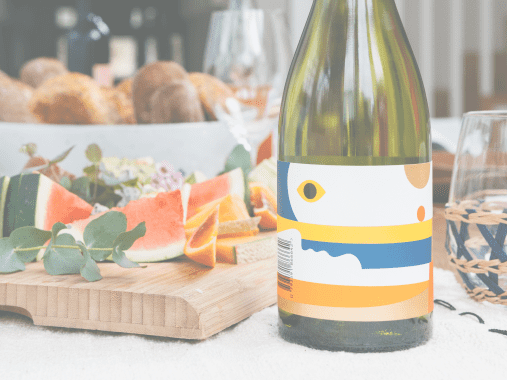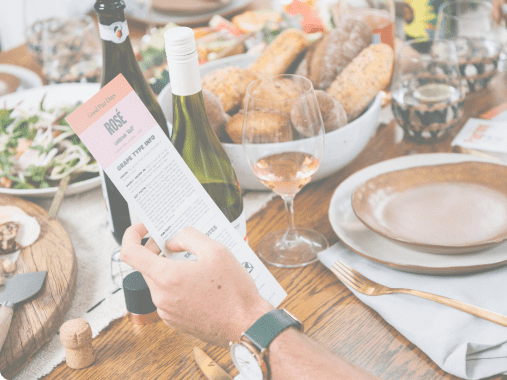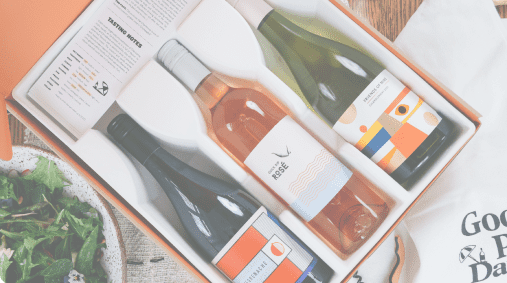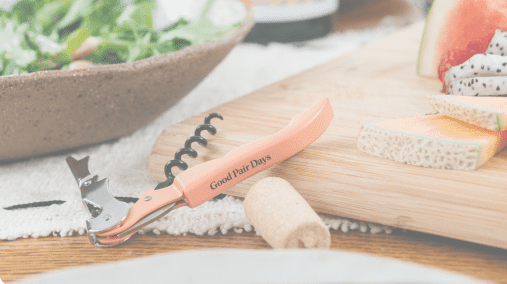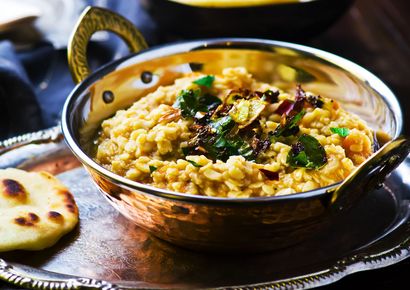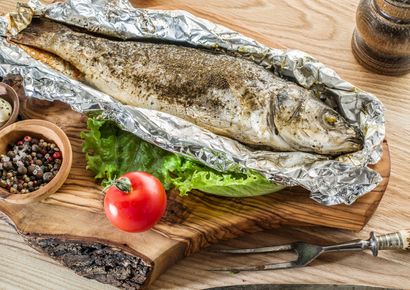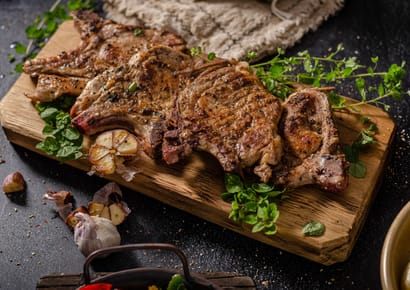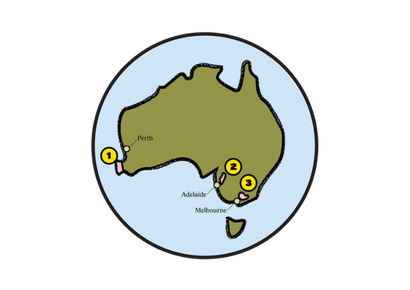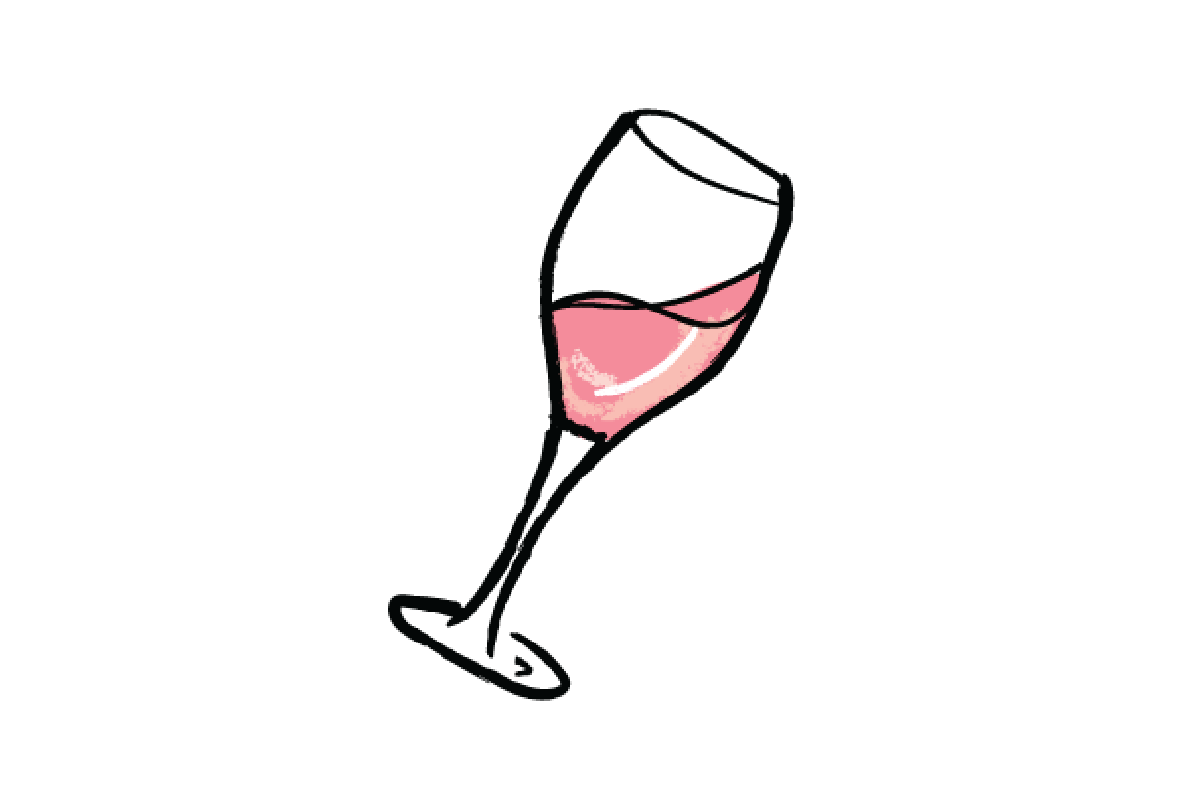Hungerford Hill 'Fishcage' Rosé 2022
Primary flavours

Berries

Cherry

Strawberry

Cream

Fruity

Savoury
Details
What is the fish doing in a cage? This label is fun, and so are the wines with this vibrant, yet savoury Hunter Valley rosé so easygoing. Very light strawberry fruit with a bit of juicy orange and watermelon before a dry and crisp finish. This is proper summer drinking.
While the story of Hungerford Hill goes all the way back to 1967, when the Hungerford family first started planting vines in the Hunter Valley, it's the modern history of this winery that is the important bit. Now once again a family-owned business, and with a portfolio of famous old Hunter Valley vineyards and more wines from the cooler, wilder parts of NSW, Hungerford Hill is back (with a vengeance). You can blame Chief Winemaker Bryan 'BC' Currie for the newness. Bryan famously studied paleontology at university before becoming a winemaker, but there are no dinos here - instead, he produces a clever range that covers everything from the country's best Fiano, superb Tumbarumba Chardonnay & Pinot, a whole array of spicy Hilltops reds, and some of the best preservative-free reds in the Hunter.
While the story of Hungerford Hill goes all the way back to 1967, when the Hungerford family first started planting vines in the Hunter Valley, it's the modern history of this winery that is the important bit. Now once again a family-owned business, and with a portfolio of famous old Hunter Valley vineyards and more wines from the cooler, wilder parts of NSW, Hungerford Hill is back (with a vengeance). You can blame Chief Winemaker Bryan 'BC' Currie for the newness. Bryan famously studied paleontology at university before becoming a winemaker, but there are no dinos here - instead, he produces a clever range that covers everything from the country's best Fiano, superb Tumbarumba Chardonnay & Pinot, a whole array of spicy Hilltops reds, and some of the best preservative-free reds in the Hunter.
Read more
Taste Profile
This wine’s tasting notes.
Sweetness

lowmediumhigh
Body

lightmediumfull
Fruitiness

nonesomelots
Tannins

lowmediumhigh
Acidity

lowmediumhigh
Oak

nonesomelots
Alcohol

low
(under 12%)medium
(12-14%)high
(14%+)
Taste Summary
This wine’s tasting notes are leaning towards light bodied, low sweetness, with medium acidity, some fruitiness, low tannins, low alcohol and no oak.
Specs
Region
Hunter Valley
country
Australia
Grape type
Rosé
Wine Maker
Hungerford Hill
Alcohol
11%
Vintage
2022
Cellar period
1-3 years
Production method
Vegan
State
NSW
Pairing guide
With its vivid colour and vibrant, refreshing and frankly irresistible flavour, this Hunter Valley rosé is a truly impressive release from Hungerford Hill. It’s a great wine for pairing with the kinds of food we love to eat al fresco, making it a top-notch summer bottle for sharing with friends. We loved it with grilled sausages and barbecued pork chops, prawns slicked with chilli and garlic and cooked over coals, cold cuts of cured meats, homemade savoury tarts, pies and quiches, and also with a pasta salad packed with sundried tomatoes, olives and capers. Fantastic!
Read more
Food

Pizza

Antipasto

Hot & Spicy
Tastes

Crisp
Moods

Romantic
Seasons

Summer
Recipe Matches
Wine region

Hunter Valley, Australia
The Hunter Valley is located in New South Wales, Australia. It is situated approximately 150km northwest of Sydney and is known for producing world-class Semillon and formidable Chardonnay, Verdelho, Sauvignon Blanc, and Shiraz.
The region has a long history of winemaking, with the first vines planted in the 1830s. Today, the Hunter Valley is home to more than 150 wineries, ranging from small, family-owned operations to larger, internationally recognized producers such as Tyrell’s Wines, Mount Pleasant Wines and Brokenwood Wines.
Hunter Valley comprises the following sub-regions: Upper Hunter Valley, Broke Fordwich, and Pokolbin. The region's climate is warm and humid, relying on rain, humidity, cloud cover and sea breeze to mitigate the warmth. Soil types vary across the region. Generally, Semillon performs well on the sandy alluvial flats, whereas Shiraz prefers the red loamy soil types.
Read more

